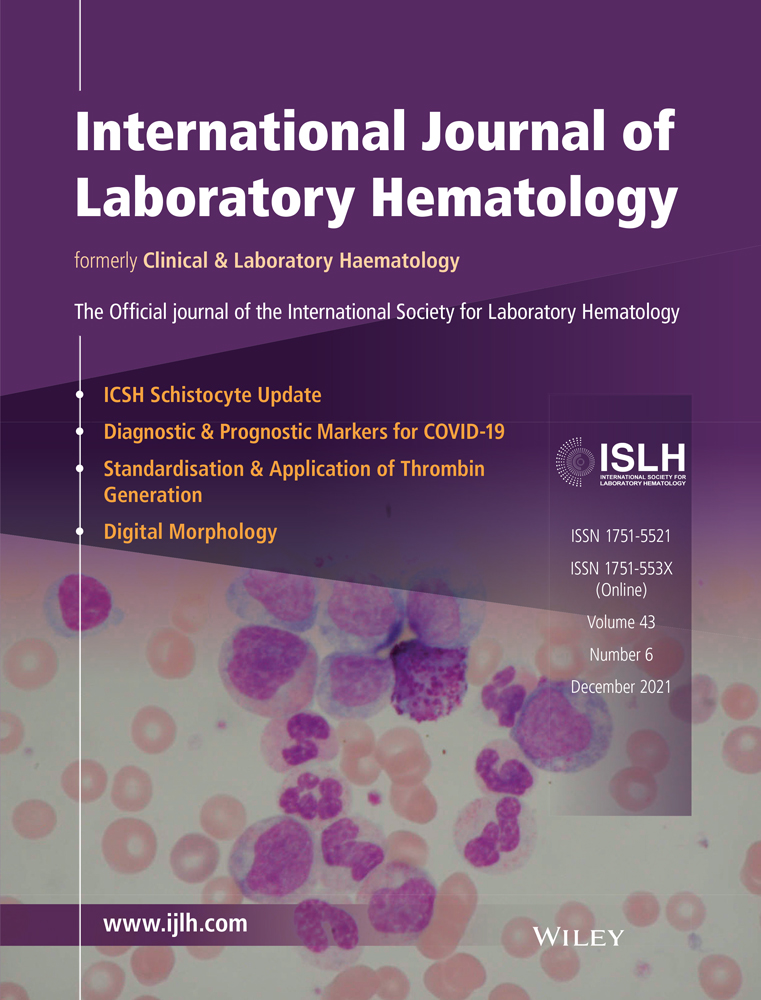The utility of a myeloid mutation panel for the diagnosis of myelodysplastic syndrome and myelodysplastic/myeloproliferative neoplasm
Warda Ibrar and Weiwei Zhang are co-first authors.
Abstract
Introduction
The diagnosis of myelodysplastic syndromes (MDS) and myelodysplastic/myeloproliferative neoplasms (MDS/MPN) is based on morphology and cytogenetics/FISH findings per 2017 WHO classification. With rare exceptions, somatic mutations have not been incorporated as the diagnostic criteria.
Methods
We analyzed the utility of mutational analysis with a targeted 54-gene or 40-gene next-generation sequencing (NGS) panel in the diagnosis of MDS and MDS/MPN.
Results
We retrospectively collected 92 patients who presented with unexplained cytopenia with or without cytosis, including 32 low-grade MDS (MDS-L), 18 high-grade MDS (MDS-H), 5 therapy-related MDS (MDS-TR), 19 MDS/MPN, and 18 negative cases. Of 92 patients, 197 somatic mutations involving 38 genes were detected and had variant allele frequency (VAF) ranging from 3% to 99%. The most common mutated genes were TET2, ASXL1, RUNX1, TP53, SRSF2, and SF3B1. MDS-L, MDS-H, MDS-TR, and MDS/MPN showed an average number of somatic mutations with a mean VAF of 1.9/33%, 2.6/30%, 2/36%, and 4/41%, respectively. SF3B1 mutations were exclusively observed in MDS-L and MDS/MPN. TP53 gene mutations were more frequently seen in MDS-H and MDS-TR. Among 34 patients with a diagnosis of MDS or MDS/MPN with normal cytogenetics, 31 patients (91%) had at least 1 mutation and 24 patients (71%) had ≥2 mutations with ≥10% VAF.
Conclusion
A myeloid mutational panel provides additional evidence of clonality besides cytogenetics/FISH studies in the diagnosis of cytopenia with or without cytosis. Two or more mutations with ≥10% VAF highly predicts MDS and MDS/MPN with a positive predictive value of 100%.
CONFLICT OF INTEREST
The authors have no competing interests.
Open Research
DATA AVAILABILITY STATEMENT
The data that support the findings of this study are available from the corresponding author upon reasonable request.




